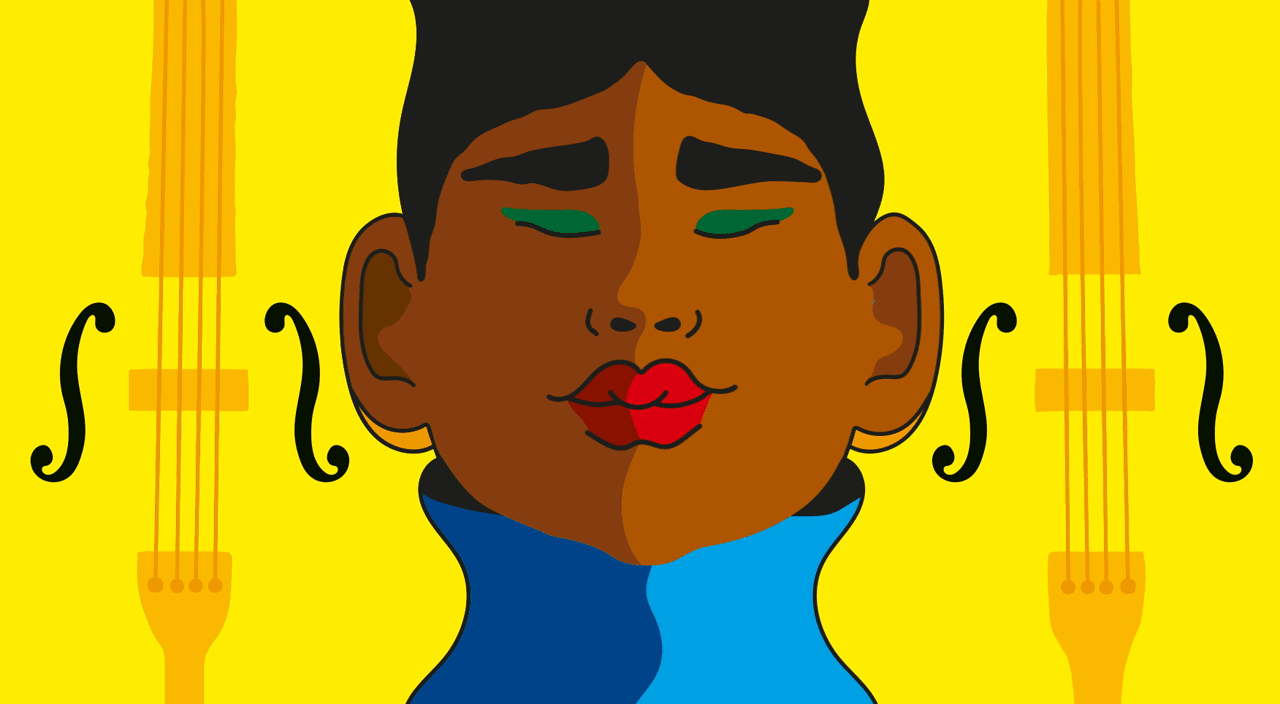My love for classical music started at age 6 when my grandmother took me to see Carmen at the Metropolitan Opera in New York. It grew from there. I always planned on being a professional oboist until I realized how much I hated practicing. But I’m married to a professional percussionist. If you want to love classical music, but aren’t sure where to start, try listening to these pieces.
Dvorak’s Symphony No. 9, “From the New World”
Inspired by the “wide open spaces of America” and influenced by the music of other cultures, Antonin Dvorak, born in a Bohemian village north of Prague, composed this piece in 1893 when he was temporarily living in New York. Skip to the second movement (there are four movements total, which is standard for a symphony), called “Largo,” to experience one of the most beautiful melodies performed by an English horn. It’s a haunting, desolate movement that leads into the third movement, a funeral march. After you listen to the Largo a few times (it’s hard to just hear it once), go back and experience the piece from the beginning.
Pachelbel’s Canon
There’s a reason so many brides choose to walk down the aisle to this piece — it’s a simple, lovely canon composed in the late 1600s (but not published until 1919). It’s believed that Kylie Minogue’s hit single, “I Should Be So Lucky,” was influenced by it — and plenty of other pop songs use the chord progressions to form the basis of their songs, as it sounds so natural and satisfying.
Barber’s Adagio for Strings
The first time I heard this performed, I wept. I tried to imagine what was going through Samuel Barber’s mind when he composed this, originally for a string quartet in 1936, as it sounds so devastatingly sad. Not surprisingly, this piece was played at Franklin Delano Roosevelt’s funeral, after the assassination of JFK and post-September 11. Debuted in 1939, as Americans were still reeling from the Great Depression, and just as WW II was brimming, Barber wrote the piece in his mid-20s. If Adagio for Strings sounds oddly familiar, it may be because Dutch DJ and producer Tiesto created a dance music version in 2005, which did surprisingly well on the club scene.
Beethoven’s Symphony No. 7
All of Beethoven’s symphonies could easily make this list, but since I have limited space, I’m popping in my favorite (though some days, my favorite is his 6th, and others, it’s his 9th). I got hooked on Beethoven’s Symphony No. 7 in high school when I was a moody teen who loved intense music. I’d often skip directly to the second movement, a tragic funeral procession. It starts very softly and gets louder and more intense, and I recommend playing it when you’re in a sad mood, blasting it as loudly as you can. Beethoven, too, was allegedly a pretty moody guy, so I always tried to relate to him. He composed this symphony as Napoleon was campaigning against Russia, and this piece is believed to be Beethoven’s reaction to those events.
Copland’s “Fanfare for the Common Man”
A patriotic standard, Aaron Copland composed this American fanfare in 1942, inspired by a speech by Vice President Henry Wallace in response to America’s entry into WW II. This piece is often performed at patriotic events, such as the 9/11 dedication, the Space Shuttle Endeavor touchdown in 2012, and just before the Chicago Blackhawks enter the ice at the United Center.
Rachmaninoff’s Piano Concerto No. 2
One of the most romantic composers, Sergei Rachmaninoff, was incredibly passionate, and you can feel the yearning within the piano and string interchanges. He composed this piano concerto after suffering a breakdown and crippling depression. After working with a neurologist, Rachmaninoff broke through his writer’s block, composing an incredibly lyrical concerto. The song “All by Myself” was based on the melody in this concerto, so it may sound familiar.
This special issue of The Girlfriend is devoted to music and how it shapes — and strengthens — our memories. For more on this topic from AARP, including videos, events and memory games, visit aarp.org/musicandmemory
What do you think of classical music? Are you a fan? Let us know in the comments below.

Xaviera Altena
Follow Article Topics: Lifestyle









